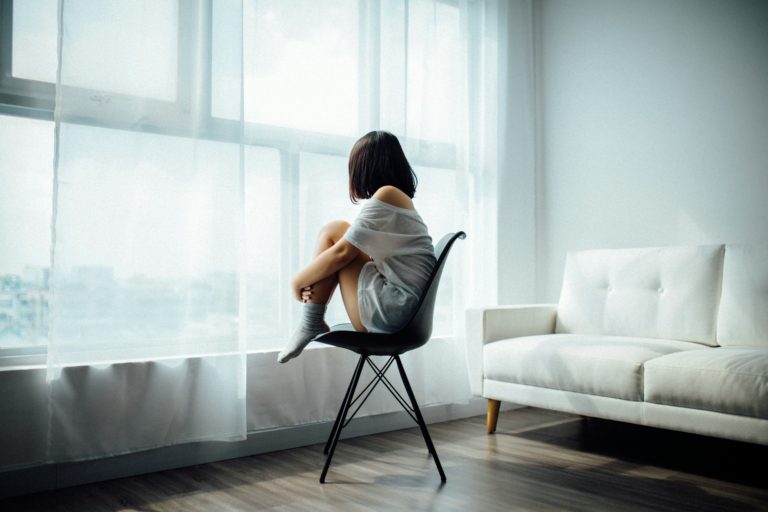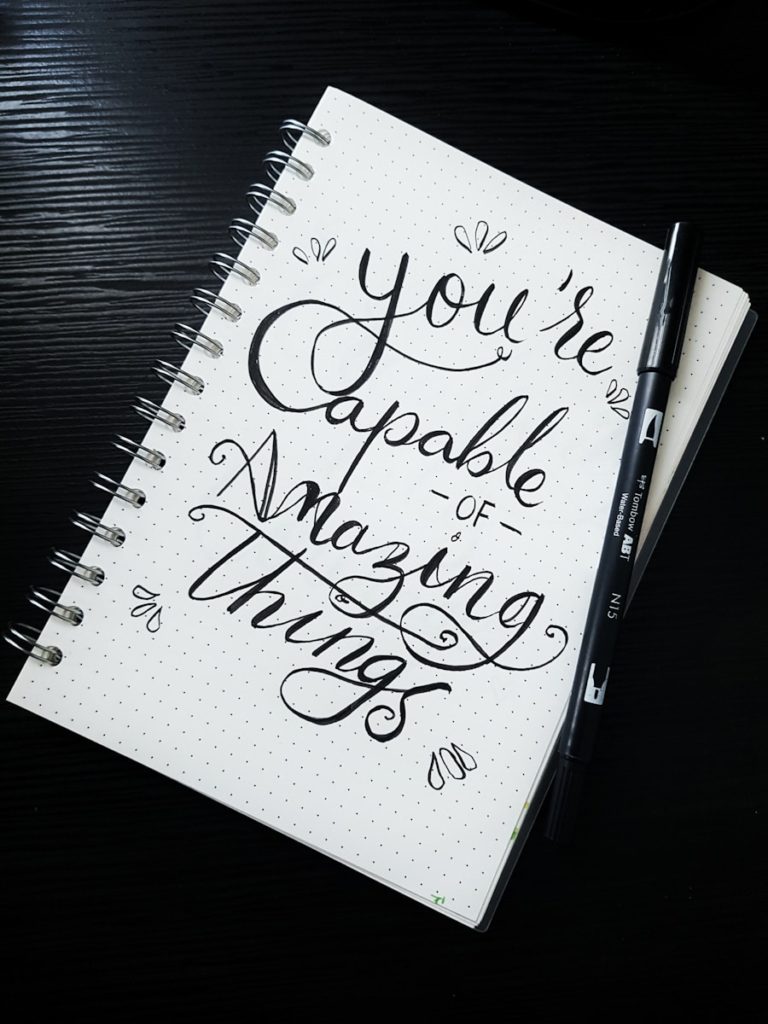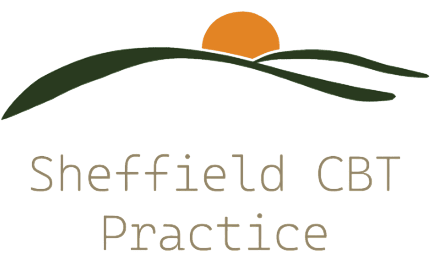CBT for Children and Young People
What is CBT for Children and Young People?
Cognitive Behavioural Therapy (CBT) for children and young people is a specialised approach tailored to meet the unique needs of each child. It’s different from adult therapy, as it’s adapted to suit the child’s developmental level, understanding, and pace. Sarah and Jane, with extensive experience delivering CBT in both private settings and in collaboration with schools and services like Hallam Caring Services, provide therapy designed to be engaging, accessible, and effective for young people.
Treatment is adjusted to the individual child, addressing their specific challenges and ensuring the therapy process is appropriate for their age and emotional needs. Caregiver involvement is crucial in many cases, particularly with younger children, to support the child’s progress and understanding of the therapy.

How Can CBT Help Children and Young People?
CBT can be incredibly effective in helping children and young people address a variety of mental health issues, including anxiety, OCD, and post-traumatic stress. The therapy focuses on helping them identify and understand the thoughts, feelings, and behaviours that are contributing to their challenges.
Here’s how CBT can help:
- Building understanding: Children and young people gain insight into their problems and how these affect their feelings and behaviours.
- Practical skills: CBT helps them develop coping strategies to manage anxiety, distressing thoughts, or compulsive behaviours.
- Family involvement: CBT for children often includes caregivers in the process, ensuring that they can support their child and act as co-therapists when necessary. This helps reinforce therapeutic techniques and provides an added layer of support outside of therapy sessions.
If you’d like to discuss your concerns or book an appointment, call us on 0114 383 0004.
What to Expect From Therapy
CBT for children and young people is flexible and paced according to their needs. Initially, younger children must be accompanied by a caregiver to ensure a supportive environment, while older children might attend sessions independently, depending on the situation. The therapy process involves:
- Collaborative treatment: Working together with the child and family to understand the issues and identify appropriate goals.
- Skill-building: Teaching the child strategies to challenge negative thoughts and behaviours, with the aim of gradually reducing anxiety and increasing confidence.
- Real-world application: CBT often involves gradual exposure to feared situations or activities, which helps the child learn to manage their feelings and gain confidence over time.
How Many Sessions Will I Need?
The number of CBT sessions for children and young people can vary based on the individual’s needs. For example, therapy may range from a few sessions to help with specific fears or behaviours to longer treatment for more complex issues.
Examples:
Daniel’s* treatment: Daniel aged 12 entered therapy after having been involved in a car accident, he did not want to travel in a car and he did not enjoy going out with friends near roads and traffic. Therapy helped understand that avoiding these things was keeping his problem going. A staged approach to the things he feared meant that after only a few sessions he was traveling long distances in the car and riding his bike with his friends. In turn, his anxiety decreased and his mood improved.
Sophie’s* treatment. Sophie aged 11 was treated for OCD (intrusive harm thoughts). She engaged in treatment aimed at helping her understand the rituals such as counting and aligning cups in the kitchen were not helping to keep her family safe. Sophie had 10 sessions of CBT and in turn, she became her own therapist.
*Pseudonym

If you’d like to discuss your concerns or book an appointment, call us on 0114 383 0004.
Further information regarding CBT for Young People and Children can be found at www.nice.org.uk
